Ho Chi Minh City: The construction project of a piled embankment at Phu Dinh wharf caused more than 40 households in District 8 to crack, break, and collapse due to vibration, posing a safety risk.
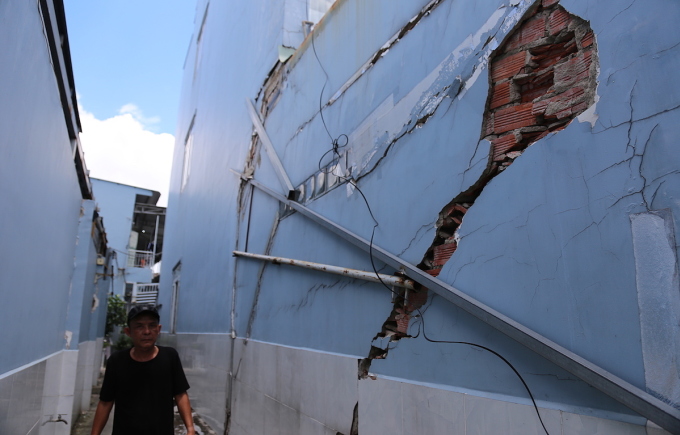
The cracked, broken wall of Mr. Le Van Hai's house is welded with many iron bars and screws to keep it from collapsing. Photo: Dinh Van
On the morning of August 17, Mr. Le Van Hai, 53 years old, inspected the steel frame reinforcing the wall inside a two-story house on Phu Dinh Street, Ward 16, next to Lo Gom Canal. On the wall, about 15 square meters wide on the ground floor, there were many long cracks, with gaps nearly 10 centimeters wide in some places. Outside, the bricks were broken, and large patches of cement were peeling off.
According to Mr. Hai, since the project to improve the water environment in the Lo Gom canal, more than 5 meters away, began operating, his house cracked abnormally even though it was only built four months ago. Over time, the cracks grew larger and spread. In recent months, he had to hire someone to install a steel frame inside the wall and weld many iron ladders with screws outside to prevent the wall from collapsing.
"Every day, the machinery on the barge in the canal slams into the ground, making my house shake," said Mr. Hai. Cracks also occur in the warehouse and the row of nearly ten rented rooms behind the house. Meanwhile, the steps and walkways next to the house are also collapsing and concave.
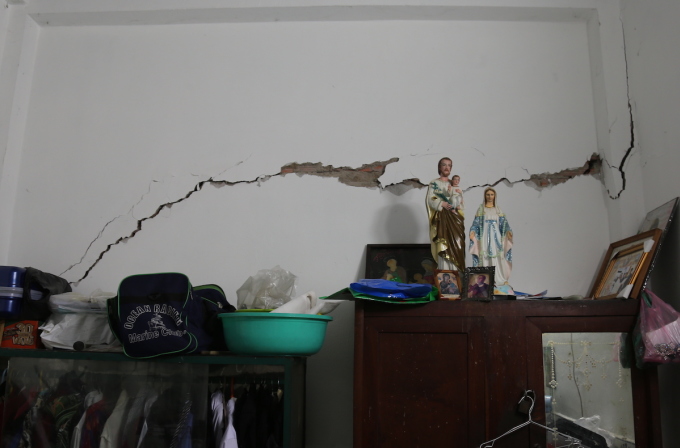
Cracks stretching over 4 meters in Mr. Tuan's bedrooms. Photo: Dinh Van
200 meters away, the walls in the four bedrooms and kitchen of the one-story house of Mr. Bui Anh Tuan, 64, also had many cracks extending more than 4 meters. Occasionally, pieces of cement from the cracks fell onto the floor during dinner, causing his family members to worry. Mr. Tuan said that at first, only cracks like crow's feet appeared on the wall, but they gradually widened and spread, causing broken bricks and broken house pillars.
Worried about the incident, the eight people in his family had to move to sleep in two bedrooms and the living room, leaving two bedrooms empty. Not only were the walls cracked, the foundation of his family's 80-square-meter house also collapsed, causing the door frame to shift. "I am very satisfied with the renovation of the polluted canal, but the impact of this has made my family live in insecurity," said Mr. Tuan.
Mr. Hai and Tuan are two of more than 40 households affected by the renovation of Lo Gom canal, near Phu Dinh wharf, causing houses to crack, walls to break, and foundations to collapse. The project is part of the Ho Chi Minh City water environment improvement project phase 2, which started in late 2018.
Mr. Tran Anh Nghia, Vice Chairman of Ward 16 People's Committee, District 8, said that among the households that suffered damage, about 30 households have reached an agreement to compensate for the damage. The remaining households have not yet agreed on the compensation level.
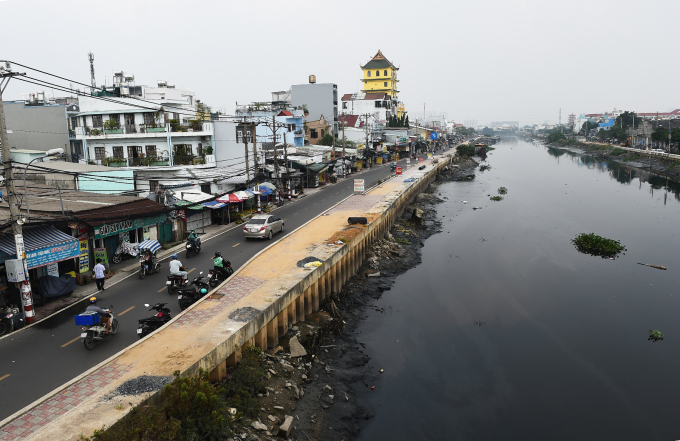
A section of a resident's house damaged by canal renovation in Phu Dinh wharf area: Photo: Thanh Tung
According to Mr. Nghia, the repair is not yet complete because the project is still under construction, so when piling, it can cause cracks in the wall and cause it to collapse again. "It is expected that by the end of 2023, when the project is completed, the current situation will be fixed for all affected houses," said Mr. Nghia.
The government has now asked the contractor to deposit a deposit to ensure compensation for the residents. At the same time, an independent inspection unit of the Ho Chi Minh City Department of Construction has inspected the status of the affected households.
Meanwhile, Mr. Tran Quoc Dat, Director of the Ho Chi Minh City Water Environment Improvement Project Phase 2, said that the damage to people's houses could be due to aftershocks when piling was used to support the embankment. In principle, the contractor must be responsible for compensation based on the results of the review by the authorities.
Dinh Van
Source link


![[Photo] Nhan Dan Newspaper Youth Union visits Vietnam Military History Museum](https://vstatic.vietnam.vn/vietnam/resource/IMAGE/2025/3/25/374e4f70a35146928ecd4a5293b25af0)
![[Photo] Prime Minister Pham Minh Chinh meets with the Ministry of Education and Training; Ministry of Health on the draft project to be submitted to the Politburo](https://vstatic.vietnam.vn/vietnam/resource/IMAGE/2025/3/25/c0e5c7348ced423db06166df08ffbe54)


![[Photo] Head of the Central Propaganda and Mass Mobilization Commission Nguyen Trong Nghia received the delegation of Nhan Dan Daily](https://vstatic.vietnam.vn/vietnam/resource/IMAGE/2025/3/25/cdb71275aa7542b082ec36b3819cfb5c)






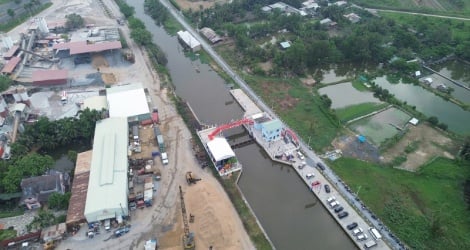

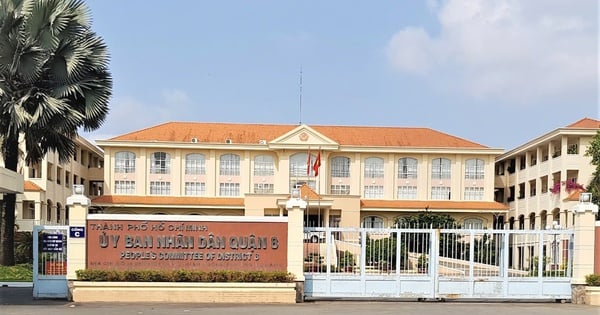
















![[Photo] General Secretary To Lam chairs the Standing Meeting of the Central Steering Committee on preventing and combating corruption, waste and negativity](https://vstatic.vietnam.vn/vietnam/resource/IMAGE/2025/3/25/839ea9ed0cd8400a8ba1c1ce0728b2be)

















































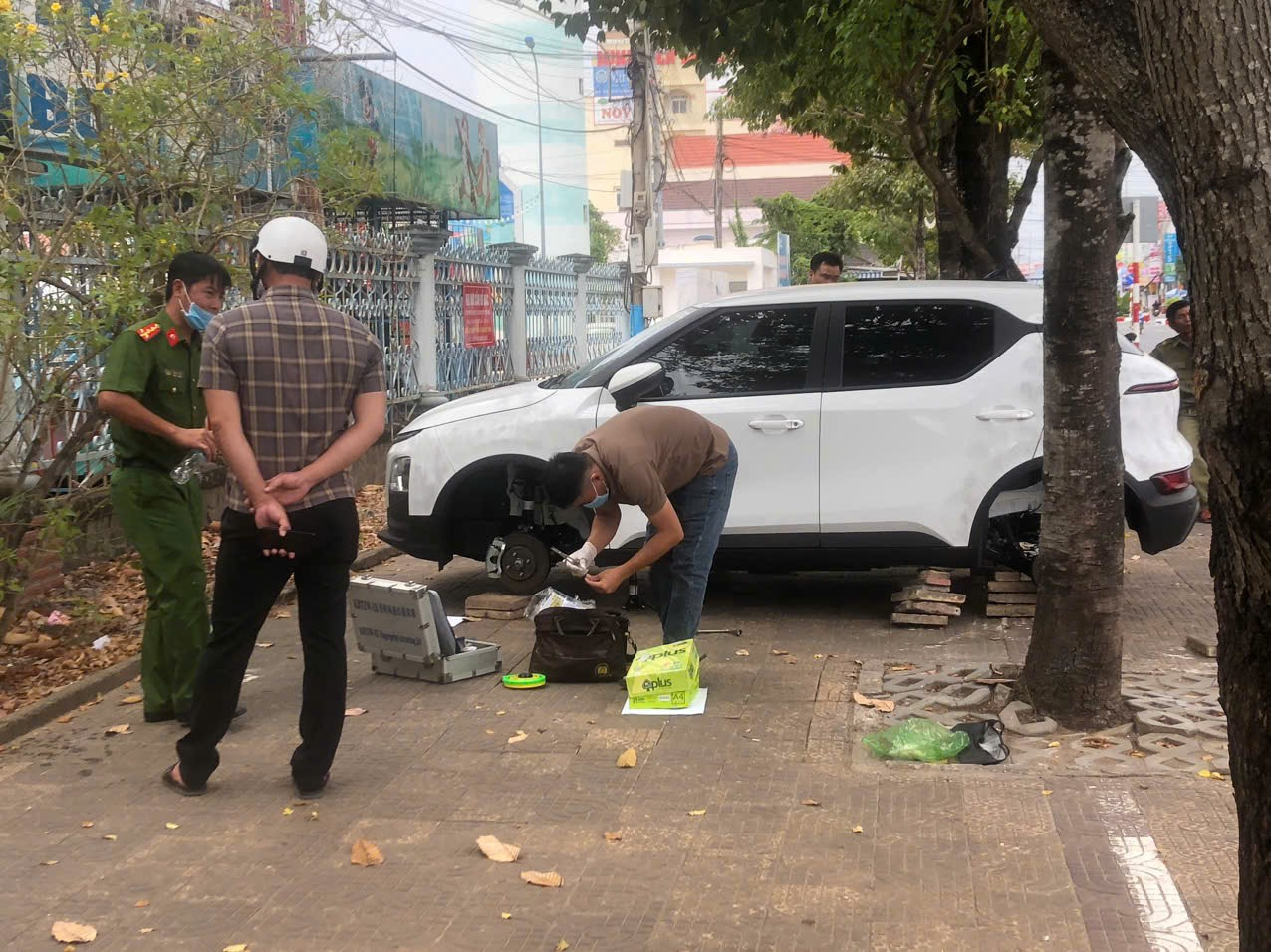











Comment (0)